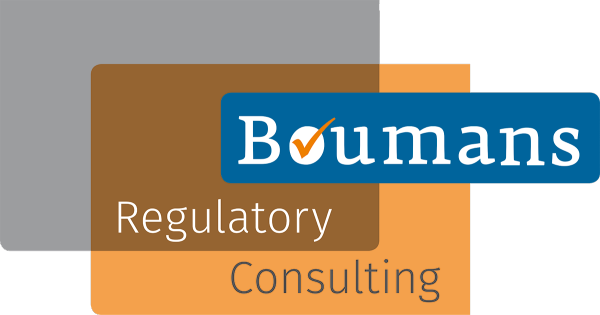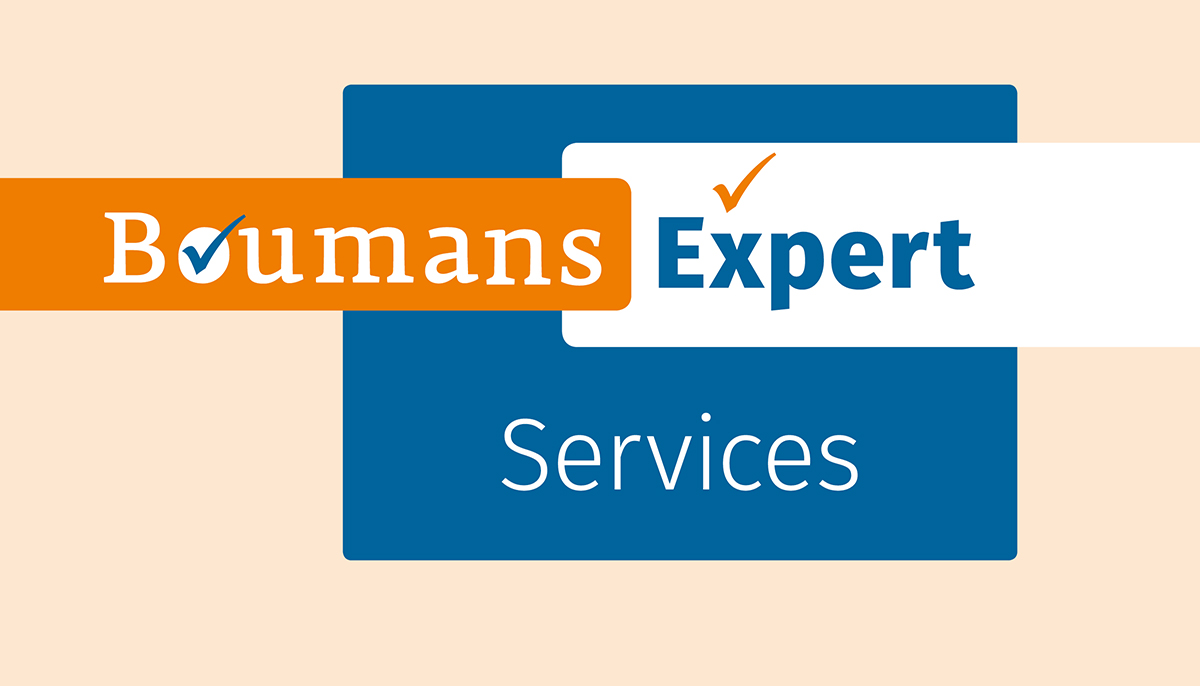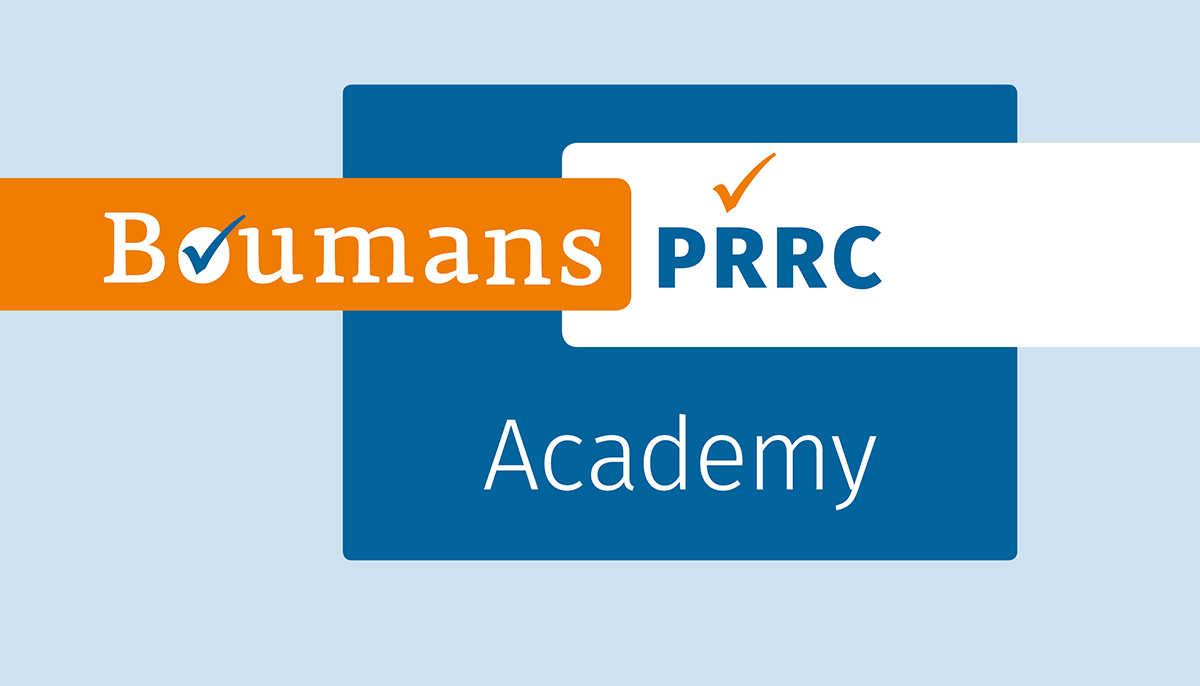Any company can suddenly be hit by a complex and high risk case. In such situations it is necessary to get a good understanding of the underlying problem and of the expectations by the authorities and notified body, and also to ensure proper communication with all stakeholders, including the press. Leaning on in person experience with several high profile cases, Boumans Regulatory Consulting can help you navigate these situations.
When in doubt: reach out
Companies that have never been in the eye of the storm, find it difficult to recognize the situation if they are heading into trouble. In case of doubt, just reach out. A short call can in most cases help you understand your situation and determine how to prevent further escalation. Only then we will discuss if this high end emergency assistance is necessary. Experience has learned that early action often results in much smoother resolving of issues.
Previous experiences
When working at the Dutch competent authority as a senior inspector, at Emergo as a senior consultant and at my own company, I have seen companies get in and out of problems. Some examples:
- A sudden peak in deaths appeared to be strongly linked to the use of particular device. However, this device was used in life saving situations in many European hospitals. A market withdrawal would have a much bigger impact on public health than, for some time, accepting this addtional risk. The manufacturer was allowed to keep the device on the market while investigating the cause. It was later found that these deaths were related to off-label use, which resulted in the manufacturer first changing their instructions for use and later introducing a separate model that could be used in that particular situation.
- A single hospital saw three deaths in two weeks related to a specific procedure. This was generating press attention. We did an on site root cause analysis and presented results in a press conference less than 36 hours after the investigation started. This was so convincing that the gathered press only used the issued press release in their publications and hardly any follow up questions were asked. Note that the hospital admitted this was a use error and the manufacturer admitted their device was particularly good at facilitating this use error.
- A manufacturer relying on a UK based notified body was misinformed by that notified body about the expectations of certification by their EU based subsidiary. Suddenly they saw the end of their certification approach, without having an agreement with a new notified body. A quick search in my network resulted in a notified body with a gap in their agenda because another manufacturer pulled out last minute. Within weeks their certification process was under way.
- A new device is redefining the state of the art in acceptability of risks compared to the clinical benefits because the device sets a totally new level of quality of life for those patients. That means that a serious side effect is accepted by these patients and by the clinical staff involved. However, competent authorities are still applying ‘old’ insights and keep asking questions about reports on what appears to be a device failure. Careful communication over the years has allowed these devices to remain on the market, resulting in now being able to publish about this new level of state of the art. As a consequence the risk management plan and report, the clinical evaluation report, the vigilance procedure, the PMS and PMCF plans, PSUR and PMCF evaluation report must all be fully in sync and kept up to date on a daily basis, ready for any inspection by the notified body and any competent authority.
- One component in a multi component device was meeting the definition of an IVD, while it was not identified as such. This was discovered just a few days after the date of application of the IVDR, which made it impossible to use legacy status for that component. This issue would keep the whole device off the market. When investigating this case I found another manufacturer placing an IVD on the market that could be used to replace that component. By limiting the intended purpose of the multi component device (the IVD function was taken out) it was possible to keep it on the market as a legacy device. Under MDD Article 12 (and already anticipating on MDR Article 22) the combination of the multi component device and the IVD could now be marketed as a procedure pack.







